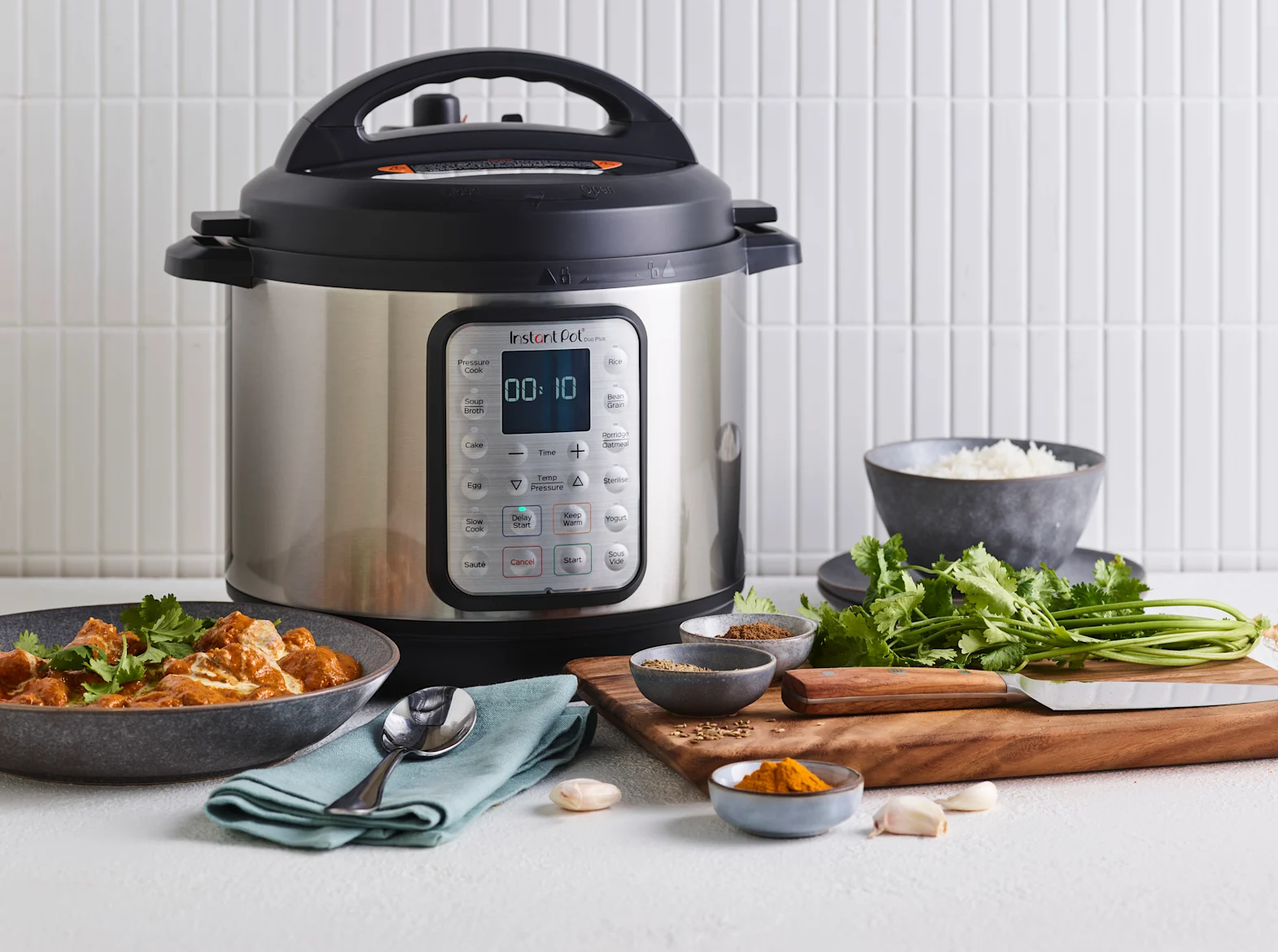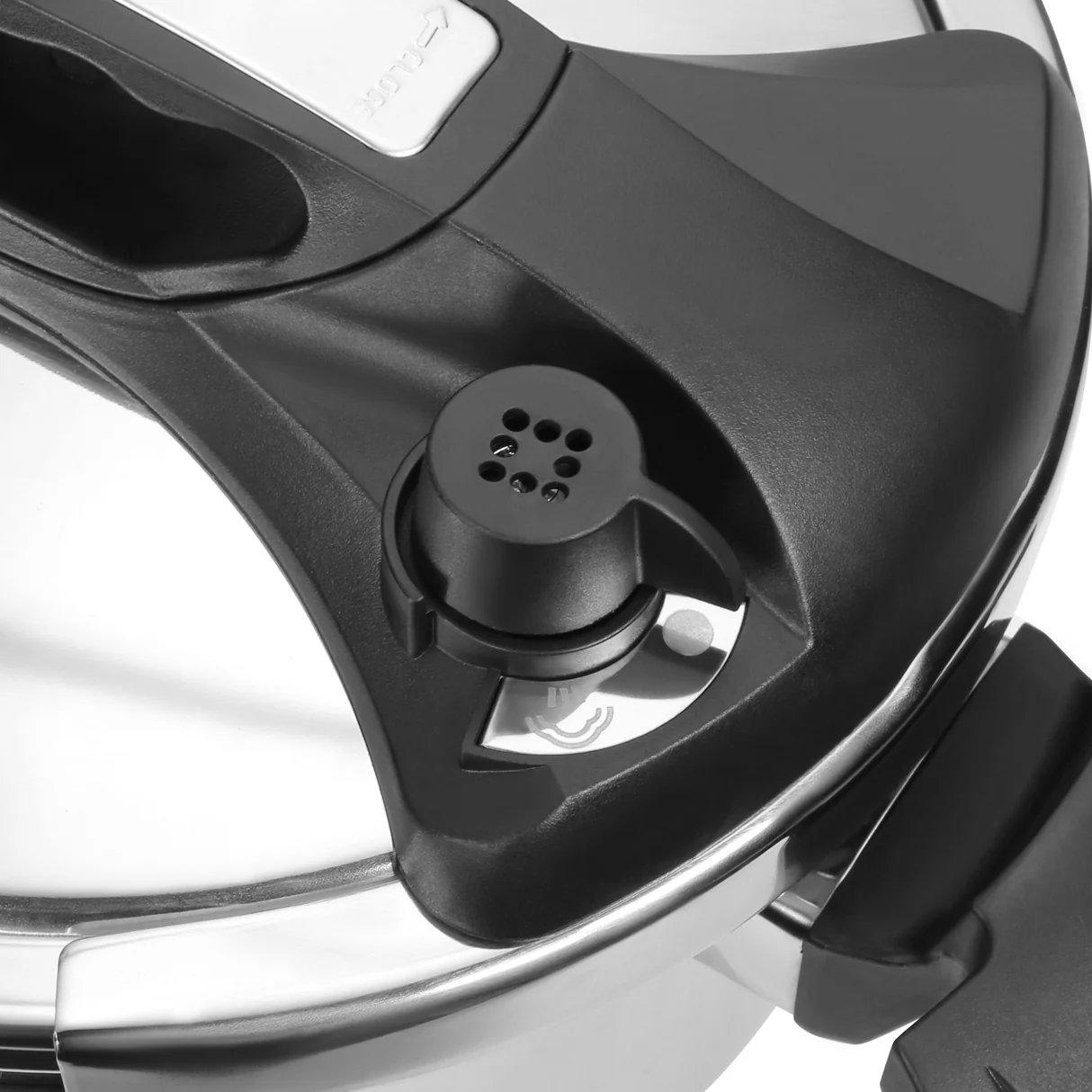So, you’ve unboxed your shiny new pressure cooker. You’re dreaming of fall-off-the-bone ribs in 30 minutes and creamy risotto without all the stirring. But then you hit a snag. As you stare into the stainless steel pot, one crucial question pops into your head: What Is The Best Liquid To Use? It seems simple, but get it wrong, and you could end up with a dreaded “Burn” notice or a bland, watery meal.
Don’t you worry. I’ve been there. My first attempt at pressure cooker chili was… let’s just call it a “learning experience.” But over the years, I’ve figured out the science and the art of pressure cooking liquids. Think of me as your guide. In this post, we’re going to break down everything you need to know to choose the perfect liquid every single time, turning your pressure cooker from a mysterious kitchen gadget into your most trusted culinary sidekick.
Why is Liquid Essential in a Pressure Cooker?
First, let’s get down to brass tacks. How does this magical pot even work? A pressure cooker works by trapping steam. The liquid you add boils, creates steam, and because that steam can’t escape, it builds up pressure inside the pot. This high-pressure environment raises the boiling point of water, allowing your food to cook at a much higher temperature and, therefore, much faster.
No liquid = no steam. No steam = no pressure. It’s that simple. The liquid is the engine of the whole operation.
The Best Liquids for Your Pressure Cooker: The A-List
Choosing the right liquid is about more than just creating steam; it’s your first and best opportunity to infuse your food with incredible flavor. Here are the all-stars that will never let you down.
Water: The Reliable Classic
Let’s start with the basics. Good old H2O is the most common and straightforward liquid for pressure cooking. It’s neutral, it’s free, and it does the job perfectly.
- When to use it: Water is ideal when you don’t want to add extra flavor or when the ingredients themselves (like a rich beef stew or a flavorful bone broth) will create their own delicious liquid. It’s perfect for steaming vegetables, cooking grains like rice or quinoa, and hard-boiling eggs.
- Pro-Tip: Even when a recipe calls for water, I sometimes add a bay leaf, a few peppercorns, or a crushed garlic clove to give it a subtle aromatic boost.
Broths and Stocks: The Flavor Boosters
This is where the magic really starts to happen. Swapping water for broth or stock is the single easiest way to elevate your dish from “good” to “unforgettable.”
- Chicken, Beef, or Vegetable Broth: These are my go-to choices for about 80% of my savory cooking. They build a deep, rich flavor base for soups, stews, pot roasts, and braised meats. Cooking your rice or lentils in broth instead of water? Total game-changer.
- Seafood Stock: If you’re making a seafood risotto or a fish stew, using a quality seafood stock will enhance the oceanic flavors beautifully.
Juices and Ciders: Sweet & Savory Notes
Don’t be afraid to experiment with unsweetened fruit juices. They can add a wonderful tangy or sweet dimension that pairs perfectly with certain meats.
- Apple Juice or Cider: Absolutely fantastic with pork or chicken. It helps to tenderize the meat and leaves a subtle, sweet-tart flavor. Try it with pulled pork—you’ll thank me later.
- Pineapple or Orange Juice: Great for creating tropical or Asian-inspired marinades and sauces.
- Tomato Juice or Vegetable Juice: A perfect base for chilis, tomato-based soups, and Mexican-inspired shredded chicken.
Liquids to Use with Caution (Or Avoid Altogether)
Not all liquids play nicely under pressure. Some can cause scorching, foaming, or just plain weird results. Here’s what to watch out for.
Thick Sauces and Creamy Soups
This is the number one mistake I see beginners make. You can’t just dump a jar of thick marinara sauce or a can of cream of mushroom soup into the pot and hope for the best.
- The Problem: Thick liquids are too viscous to boil and create steam efficiently. They tend to sit at the bottom of the pot, overheat, and trigger the “Burn” or “Ovht” (overheat) warning on an electric pressure cooker.
- The Solution: Always thin them out! Add at least a cup of a thin liquid like water or broth to your thick sauce. Alternatively, cook your ingredients in a thin liquid first and stir in the thickeners after the pressure cooking cycle is complete, using the “Sauté” function to bring it to a simmer.
Milk and Dairy
Pressure cooking milk, heavy cream, or cheese-based sauces is a recipe for disaster.
- The Problem: Dairy has a tendency to curdle or separate under high heat and pressure. It can also foam up violently, potentially clogging the safety valve—which is a serious safety concern.
- The Solution: Just like thick sauces, add your dairy ingredients after pressure cooking. Make your mac and cheese base with water or broth, and then stir in the milk and cheese at the end.
Expert Advice from Chef Maria Rodriguez: “Think of your pressure cooker as two distinct tools. The ‘pressure’ function is for tenderizing and cooking with thin liquids. The ‘sauté’ function is for finishing and thickening. Never confuse the two, especially when dairy is involved.”
Wine and Beer
Using alcohol can add incredible depth of flavor, but you need to handle it correctly.
- The Problem: Alcohol needs to evaporate to cook off its harsh edge. In a sealed pressure cooker, it can’t go anywhere, which can sometimes result in a bitter or boozy taste.
- The Solution: Use the “Sauté” function to cook the wine or beer for a few minutes before you seal the lid. This allows some of the raw alcohol to burn off, leaving behind only the rich flavor you want.
What Is The Best Liquid To Use Ratio? The Minimum Rule
This is a non-negotiable rule of pressure cooking. Every pressure cooker has a minimum liquid requirement to operate safely and effectively. Ignoring this is the fastest way to get a burn notice and undercooked food.
- For most 6-quart electric pressure cookers (like the Instant Pot): The minimum is typically 1 cup (240 ml) of thin liquid.
- For larger 8-quart or 10-quart models: You may need at least 1.5 to 2 cups.
- For stovetop pressure cookers: These often vent more steam, so they usually require a bit more, often around 1.5 cups as a starting point.
Always, always, always check the user manual for your specific model. This is the golden rule. It will state the exact minimum requirement.
Common Liquid Mistakes and How to Fix Them
We all make mistakes! Here are a few common ones I’ve seen and how to course-correct.
- The Mistake: Adding too little liquid. You get the dreaded burn notice, and the cooking cycle stops.
- The Fix: Release any pressure, open the lid, and scrape the bottom of the pot to see if anything is stuck. Add more thin liquid (at least another 1/2 cup) and give everything a good stir before trying to start the cycle again.
- The Mistake: Adding too much liquid. Your stew comes out more like a soup, and the flavors are diluted.
- The Fix: After the pressure release, simply turn on the “Sauté” function. Let the dish simmer with the lid off for 5-15 minutes. This will evaporate the excess liquid and concentrate the flavors beautifully.
- The Mistake: Forgetting about the liquid in your food. You add the full cup of water to a pot roast along with a whole can of diced tomatoes and lots of onions.
- The Fix: This isn’t a disaster, but it can lead to watery results. Remember that many ingredients, like vegetables (onions, zucchini, mushrooms) and meats, release a significant amount of their own water during cooking. You can often get away with using slightly less than the minimum required liquid if you have a lot of high-moisture ingredients. It takes a little practice to get the hang of it.
Frequently Asked Questions
What is the best liquid to use for tenderizing meat?
Broth (beef or chicken) is fantastic because it adds flavor while it tenderizes. For an extra boost, try something slightly acidic like apple cider or a splash of vinegar mixed with water, which helps break down tough connective tissues.
Can I use just oil in my pressure cooker?
No. Absolutely not. Oil does not contain water and therefore cannot create the steam needed to build pressure. The pressure cooker would simply overheat, potentially damaging the appliance and giving you a burn notice.
What happens if you don’t put enough water in a pressure cooker?
If you don’t meet the minimum liquid requirement, the pot won’t be able to generate enough steam to come to pressure. The heating element will continue to heat the bottom of the pot, scorching your food and triggering the appliance’s safety sensors, which will display a “Burn” or “Overheat” error and shut off.
Can you use soda like Coke or Dr. Pepper in a pressure cooker?
Yes, you can! Sodas can make a fantastic, sweet, and tangy base for dishes like pulled pork or chicken wings. However, be mindful that the high sugar content can increase the risk of scorching, so make sure there’s enough other thin liquid. Also, be prepared for some foaming during the quick release.
How do I know if a liquid is “thin” enough?
A good rule of thumb is this: if you can pour it easily and it has the consistency of water or juice, it’s a thin liquid. If it’s thick like a gravy, a condensed soup, or a creamy pasta sauce, it’s a thick liquid and needs to be diluted or added later.
Your Pressure Cooking Journey Starts Now
Understanding what is the best liquid to use is the key that unlocks your pressure cooker’s true potential. It’s the difference between a frustrating kitchen gadget and a reliable tool that saves you time, locks in nutrients, and builds incredible layers of flavor.
So go ahead, open that pantry. Look at the broths, the juices, and the stocks not just as ingredients, but as opportunities. Start with water, graduate to broth, and don’t be afraid to experiment. Your next amazing meal is just a little bit of liquid away.
